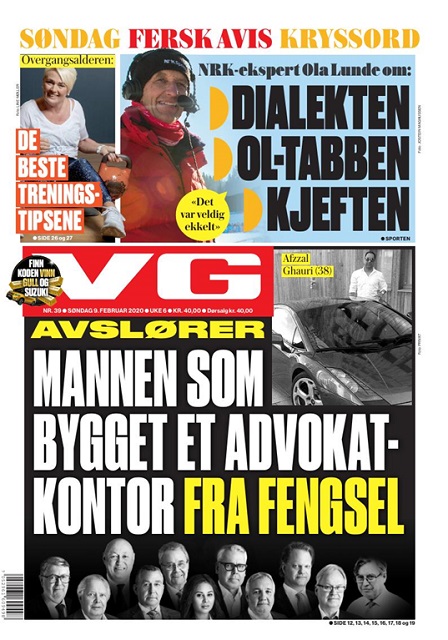In 2020, the newspaper VG published several news stories criticizing the law firm Rogstad. To illustrate the news stories, VG published photographs from Rogstad's webpage and the Facebook page of one of Rogstad's employees. In April 2020, Rogstad sued VG and claimed compensation for breach of the copyrights to the photographs. In the case of TOSLO-2020-64392, the district court decided in favor of VG. Rogstad appealed the judgment, and in case LB-2020-164203, the appellate court assessed whether VG could publish the photographs without the consent of Rogstad (and its employee) and without paying any compensation to Rogstad (and its employee).
Reproduction of copyrighted works and photographs requires, as a general rule, consent from the rights holder as set out in the Norwegian Copyright Act Sections 3 and 23. However, there are several exceptions from this general rule. The Norwegian Copyright Act Section 29 permits certain quotations of public works and photographs without the consent of the right holder and without entitling the rights holder to compensation. Further, Section 36 permits certain reproductions of public works and photographs by the media in connection with reporting of a "current event", without the consent of the rights holder. Reproduction of photographs and certain other works entitles the rights holder to compensation under Section 36. Consequently, the question for the appellate court depended on whether Section 29 or Section 36 applied.
The appellate court stated that VG's use of the photographs was outside the scope of Section 36, as VG's news stories did not relate to a "current event". Further, the court stated that, although the scope of Sections 29 and 36 may overlap, these sections are independent of each other. Thus, Section 36 does not limit the scope of Section 29. The court found that VG's use of the photographs was permitted under Section 29 and did not entitle Rogstad to any compensation.
There are four key takeaways from the appellate court's decision that are relevant for newspapers' rights to publish photographs in news stories without the consent of or any compensation to the rights holder.
Firstly, the appellate court's decision referred to the principle that copyright laws shall not limit the fundamental rights to free speech, which is set out in the preparatory work of the Copyright Act of 2018. The court applied this principle, when interpreting the exception set out in Section 29 from the right holders' exclusive rights in Section 23. The appellate court's decision implies that the scope of the right to use (Nw.: "sitere") a photographic work or photography under Section 29, and the scope of other exceptions from the copyright laws' exclusive rights, shall be interpreted broadly when relating to the fundamental right to free speech.
Secondly, the decision confirmed that the right to use a photographic work or photography under Section 29 may cover reproducing the whole photographic work or photography.
Thirdly, Section 29 on the use of photographic works or photographs, and Section 36 on reproductions of photographic works or photographs in connection with reporting of a "current event", are independent exceptions from the right holders' exclusive rights set out in Section 3 and 23. Section 36 is not lex specialis to Section 29 and does not limit the scope of Section 29.
Lastly, for newspapers planning to use photographic works or photographs without the consent of the rights holder under Section 29, the use must be conducted in accordance with good practice and only to the extent required for the purpose of the use. If conducted in such a manner, newspapers may publish photographic works or photographs in news stories without the consent of the rights holder and without any compensation to the rights holder.
The decision from the appeals court has not yet reached legal force.
Schjødt partner Halvard Helle and associate Severin Slottemo Lyngstad represented VG in the case.

Originally Published 08 October 2021
The content of this article is intended to provide a general guide to the subject matter. Specialist advice should be sought about your specific circumstances.

